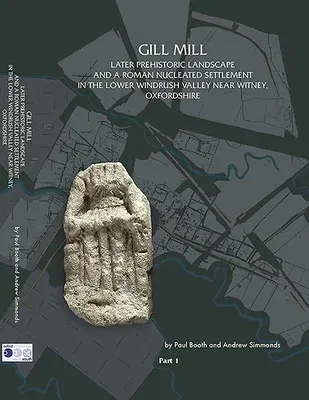Paul Booth
(Author)Gill Mill: Later Prehistoric Landscape and a Roman Nucleated Settlement in the Lower Windrush Valley at Gill Mill, Near Witney, OHardcover, 20 September 2018

Qty
1
Turbo
Ships in 2 - 3 days
In Stock
Free Delivery
Cash on Delivery
15 Days
Free Returns
Secure Checkout

Part of Series
Thames Valley Landscapes Monograph
Print Length
916 pages
Language
English
Publisher
Oxford Archaeological Unit
Date Published
20 Sep 2018
ISBN-10
1905905424
ISBN-13
9781905905423
Description
Product Details
Authors:
Book Format:
Hardcover
Country of Origin:
GB
Date Published:
20 September 2018
ISBN-10:
1905905424
ISBN-13:
9781905905423
Language:
English
Pages:
916
Publisher: